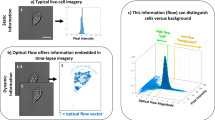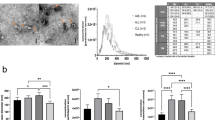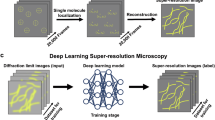Abstract
This is the specification for Release 1 Candidate of *SBML Level 3 Version 1 Core*, an electronic model representation format for systems biology.SBML is oriented towards describing biological processes of the sort common in research on a number of topics, including metabolic pathways, cell signaling pathways, and many others. SBML is defined neutrally with respect to programming languages and software encoding; however, it is oriented primarily towards allowing models to be encoded using XML. This document contains many examples of SBML models written in XML.More information about SBML and this specification is available online at "http://sbml.org/Documents/Specifications/ ":http://sbml.org/Documents/Specifications/.
Similar content being viewed by others
Article PDF
Author information
Authors and Affiliations
Corresponding author
Rights and permissions
About this article
Cite this article
Hucka, M., Bergmann, F., Hoops, S. et al. The Systems Biology Markup Language (SBML): Language Specification for Level 3 Version 1 Core (Release 1 Candidate). Nat Prec (2010). https://doi.org/10.1038/npre.2010.4123.1
Received:
Accepted:
Published:
DOI: https://doi.org/10.1038/npre.2010.4123.1
Keywords
This article is cited by
-
Evolution of computational models in BioModels Database and the Physiome Model Repository
BMC Systems Biology (2018)
-
An online model composition tool for system biology models
BMC Systems Biology (2013)



